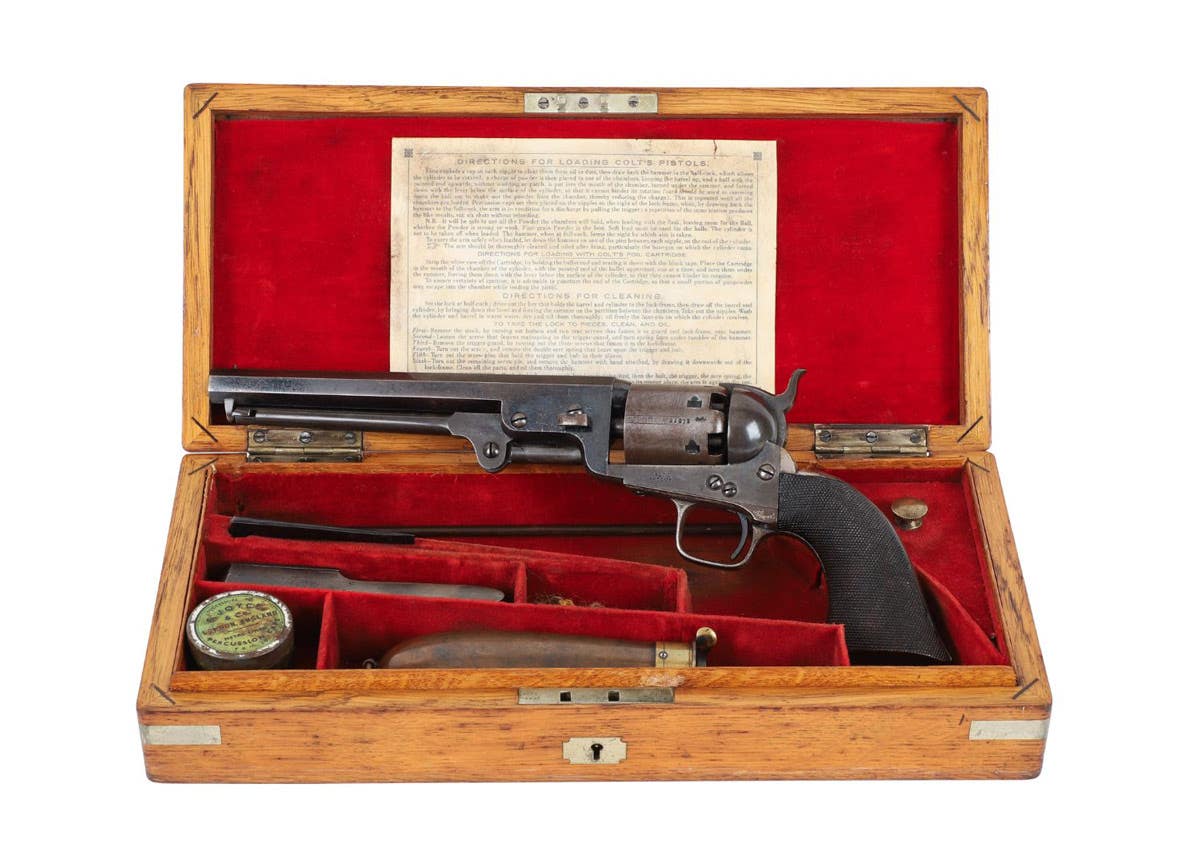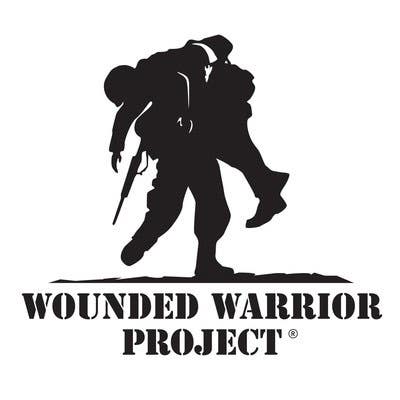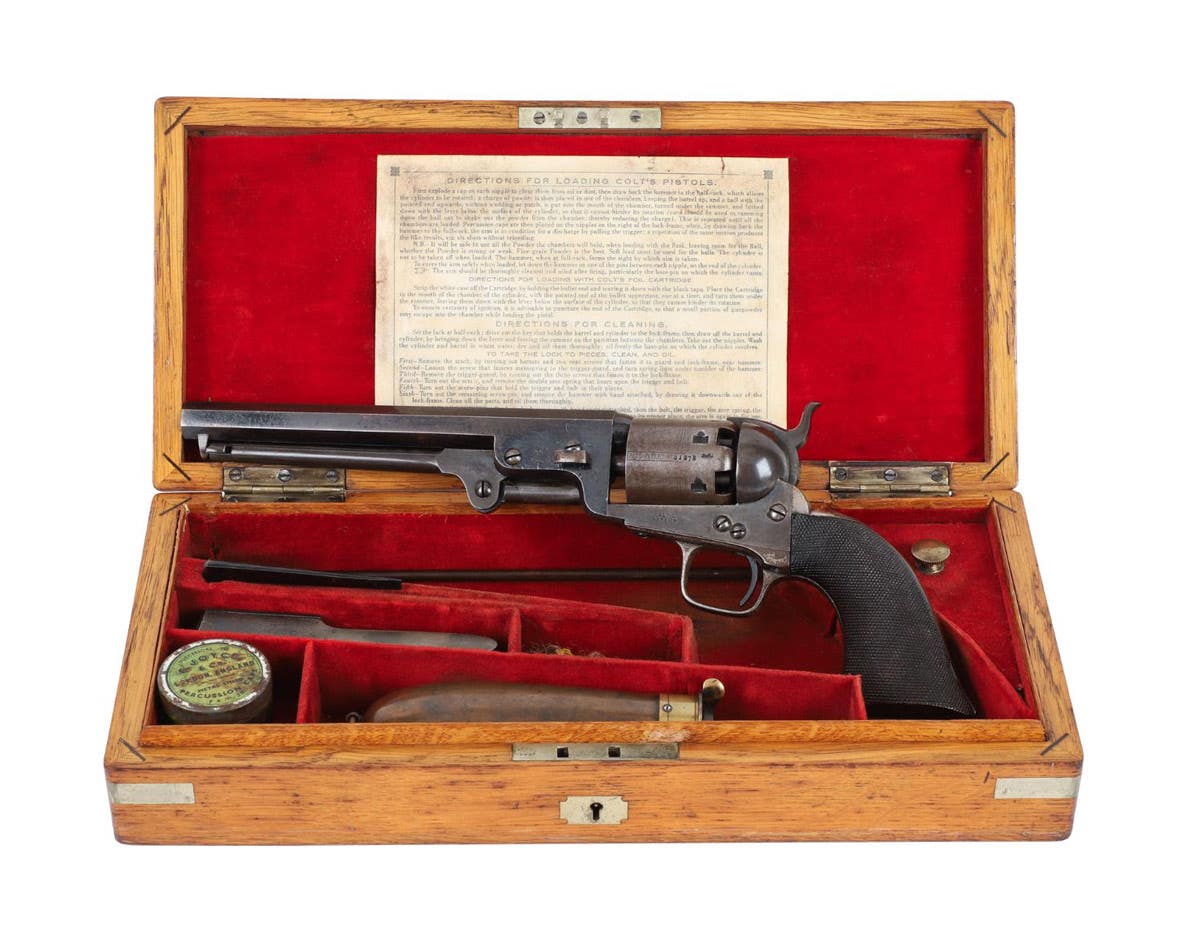Navy’s underwater archaeologists dive headfirst into naval history
WASHINGTON – It was a simple pottery jar with cork in it. But when the team from the Underwater Archaeology Branch (UAB) of the Naval History and Heritage Command…
WASHINGTON – It was a simple pottery jar with cork in it. But when the
team from the Underwater Archaeology Branch (UAB) of the Naval History
and Heritage Command eased the cork out of it, the air that came out was
nearly 200 years old, perhaps created by the organic material it had
stored on the sloop-rigged floating battery Scorpion before it was
scuttled Aug. 22, 1814.
Robert S. Neyland, Ph.D., director of the Underwater Archeology Branch
(UAB) of the Naval History and Heritage Command (NHHC) in Washington,
D.C., doesn't always get to work in such rarified air, but that was just
one of many remarkable moments of his career in managing one of the
lesser known, but widest-reaching organizations in the Navy.
The branch headquarters and laboratory are tucked away in the many
historic buildings at the Washington Navy Yard. And just like the
shipwrecks the branch monitors and manages, it takes a map and a little
inside knowledge to find them.
But within its offices are the people who conserve and protect the more
than 17,000 ship and aircraft wrecks around the world, its collection of
more than 3,000 artifacts recovered from sunken military craft sites, and
an artifact loan program of 6,000-plus items to national and
international museums and other qualified facilities throughout the world.
The branch itself was created in 1993 through the Department of Defense
Legacy Resource Management Program funds. Robert Neyland, Ph.D., followed
soon after. Neyland, a native of Palestine, Texas, earned his doctorate
and master¹s degrees in anthropology through the Department of
Anthropology, Nautical Archaeology Program at Texas A&M, 1996 and 1994,
respectively. He also holds another master¹s degree in public
administration and planning from the University of Texas at Tyler and a
bachelor¹s degree in wildlife science from Stephen F. Austin University.
So what did it take to get this Texas boy out of Texas? Mixing his love
for diving with archaeology. He¹s traveled the world, diving some of the
world¹s oldest shipwrecks. His scientific expertise and experience in
management led him on assignment from Texas A&M to the Naval Historical
Center in 1994 to assist the Navy in the development of policies and a
program in underwater archaeology. The work was so intriguing he left
Texas A&M to work at the branch as a federal government employee in 1996.
While working as the Branch Head of the new Underwater Archaeology
Branch, Neyland's unique experience led South Carolina officials to
request the Navy to loan him to the State under the Intergovernmental
Personnel Act (IPA) in 1998 to assist them with the archaeological
recovery and documentation of the submarine H.L. Hunley discovered off
the coast of South Carolina.
His Navy work has taken him to dives on Revolutionary War ships in Maine,
surveys of WWII wrecks off the beaches of Normandy, France, and rare
downed aircraft under the waves off the Marshall Islands. He's led the
Navy archaeology team seeking the resting site of World War II submarine
USS Pompano, which sank somewhere off the coast of Japan.
Diving for archaeology, however, isn¹t always in pristine recreational
areas such as the waters of the Caribbean or Mediterranean Seas.
"The visibility for diving isn¹t that great in harbors and rivers,"
Neyland said. "But we dive where the wrecks are."
PROTECTING UNDERWATER GRAVE SITES
Diving into the murky waters of rivers can be as cloudy as navigating
government regulation. That's why one of UAB¹s responsibilities includes
arranging for permitting authority for the Department of the Navy under
the 2004 Sunken Military Craft Act (SMCA).
The SMCA was enacted to protect sunken ship and aircraft wrecks which
represent a collection of more than 17,000 fragile, non-renewable
artifacts that often serve as war graves, safeguard state secrets, carry
environmental and safety hazards such as oil and ordnance, and hold
significant historical value.
The SMCA provides that U.S. government-owned military ships, aircraft and
spacecraft remain the property of the government, no matter their
condition, age or location. Still, Neyland said the law was written in
the public interest to protect grave sites, and preserve the nation¹s and
Navy's history, while at the same time providing non-intrusive access to
wrecks for the diving public. The permitting process UAB manages even
allows for excavation at the sites for archaeological, historical, or
educational purposes.
"When there is an intentional violation of the act, the Navy can impose
penalties, which is a unique responsibility within the Navy," Neyland
said. "Many of these wrecks are the burial sites of U.S. military
personnel and war graves. The Act applies equally to U.S. military ships
lost today as it does to the earliest examples lost by the Continental
Army and Navy during the American Revolution."
It's not a "finders-keepers" situation if divers recover artifacts from
or around wreck sites. Just recently, a trumpet taken from the site of
USS Houston was returned to the Navy, but had suffered degradation after
its removal from the marine environment and exposure to the atmospheric
oxygen. The UAB archaeology and conservation laboratory is working to
mitigate that damage now. USS Houston sank in the Java Sea after intense
fire from the Japanese fleet during the Battle of Sunda Strait Feb. 28,
1942.
Neyland said there is a fair expectation by the public that the Navy will
look after theses wrecks as archeological sites and as war graves.
"Laws and ethics do not keep up with the advances in technology that
allow for deeper dives and locating wrecks and the Navy's wrecks are no
longer protected by immersion in the marine environment," Neyland said.
"In many ways, these are like undiscovered islands, but which are already
titled as U.S. property and are distributed worldwide."
But with those remains may also lay environmental issues still buried
with the wreck, such as oil, ordnance and weapon systems better left to
experts rather than civilian divers. The UAB works with numerous other
Navy commands to recover or protect Navy artifacts, like the Explosive
Ordnance Disposal (EOD) units, Seabees, Judge Advocate General Corps and
Naval Criminal Investigative Service.
But the branch is also often the starting point for outside
organizations, such as the National Oceanic and Atmospheric
Administration, Environmental Protection Agency, U.S. Army Corps of
Engineers, cities and states, plus a slew of foreign navies and their
governmental agencies. They work with veterans associations and
universities.
When fragments from a human jawbone were found embedded in the concreted
outer layer covering a 32-pound cannon recovered from CSS Alabama, UAB
worked with forensic scientists from the Department of Defense Central
Identification Laboratory to recover information such as the age range of
the deceased and determined that the individual was probably a European
sailor serving on the ship. This complements the historical records which
reveal that while the officers were Southern Confederates, most of the
crew were European.
TRAINING FUTURE ARCHEOLOGISTS
The mission of UAB is unique, and so are the professional opportunities
it offers. The department has a robust intern program, now offering 13
internships a year through colleges, universities, and fellowships,
including the Naval Research Laboratory, Naval Research Enterprise
Internship Program (NREIP), National Research Center and the STEM Program
(Science, Technology, Engineering and Math).
"This is quite the place for internships," Neyland said. "Out of 300
applications for summer internships, 39 specifically asked to work here."
Having such a strong intern program they have had 57 so far – is one
way to keep the department thriving as it trains the next generation
archaeologists, conservators, scientists, engineers, and policy makers.
Neyland encourages the students to push for longer internships, at least
through an entire semester. "It provides valuable work experience to the
interns, exposure to career choices, and provides useful service to the
Navy," Neyland said.
One of those who turned that internship into a career is Kate Morrand,
head of UAB's Archaeology and Conservation Laboratory. In 2008, she had
just moved to the Washington, D.C., area after earning a
post-baccalaureate degree in Conservation of Fine Art and Archaeological
Material from Studio Art Centers International, Florence, Italy.
"This opportunity as an intern was different than others I've had,"
Morrand said. "You're very much treated like entry-level employees, using
our particular skill sets that were hand-picked from applications."
And it didn't matter what the interns were doing, they felt they valued
as part of the team.
"Your work matters, whether it is researching documents, answering
questions, or writing policy to see if it is relevant to the site we are
working," Morrand said. "In some places, the opportunity to do
conservation as an intern is not always allowed right away. But since
most of the interns already have advanced degrees or have worked with the
materials, they (UAB) had the confidence to let us work on the
collection."
PRESERVING THE PAST HELPS NAVY TODAY
While the time and effort to preserve a pair of 18th century iron
scissors from the effects of concretion might seem a luxury during a time
of tight budgets, the lessons learned from conservation may be used to
mitigate corrosion and deterioration on future ships and aircraft.
"Research on how to better preserve the hulls of USS Monitor and H.L.
Hunley may also be used for modern materials, including those used by the
Department of Defense," Neyland said.
Already, their research has helped determine the impacts of explosions on
ships and submarines. Improved technologies in diving may also be used in
the military, salvage and engineering disciplines, such as allowing Navy
divers to see in zero visibility and uses for underwater remotely
operated vehicles and sensor packages. The technology used for logging
and mapping out wrecks may be used to provide predictive modeling for
oceanography.
"Underwater archaeology is dependent on advances in technology but it
also pushes the science and technology forward with the research
questions it asks, and its multi-disciplinary solutions can have benefits
to the military and private sectors," Neyland said.
OVERFLOWING BUCKET LIST
The UAB has no shortage of projects. They continue artifact recovery from
well-known shipwreck sites, such as CSS Alabama, CSS Georgia in the
Savannah River, and searching for the wreck site of the submarine USS
Pompano that sank with all of her crew off the coast of Japan in
September 1943.
Conservation work continues on the Howell torpedo found July 2013 after
being alerted by two Navy-trained dolphins of something buried on the
ocean bottom in San Diego.
This summer, Alexis Catsambis, Ph.D., UAB archeologist, will hunt for the
wreck of the Bonhomme Richard off Flamborough Head near Yorkshire,
England. The Continental Navy warship, commanded by the legendary John
Paul Jones, was shattered during the ship¹s 4-hour battle with HMS
Serapis Sept. 23, 1779. Despite his sinking ship, Jones refused to
surrender to Serapis' commanding officer with his infamous: "Sir, I have
not yet begun to fight!" After Jones took command of the captured British
ship, the Bonhomme Richard sank Sept. 27, 1779.
And as for that 1814 air from that pottery jar from USS Scorpion,
remnants were captured and stored for future examination into what that
jar might have held as part of the Chesapeake Bay Flotilla sunk in the
Patuxent River during the War of 1812.
"These military wrecks are also a means of interpreting the history of
the services. Other benefits to DoD also include public education,
particularly as awareness pertains to the history and mission of the
services and the role the military plays in the past, present and future
in protecting the country," Neyland said. "Discovery of a military wreck
– in the case of the missing-in-actions, the resolution for family
members – captures the public¹s imagination and raises that awareness.
This occurs in the normal process of complying with our management
mandate."







